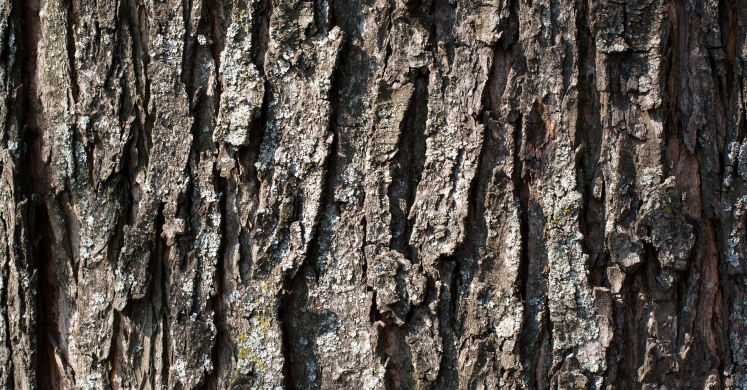Blog

#bioPGH Blog: Tree Bark Identification
 A resource of Biophilia: Pittsburgh, #bioPGH is a weekly blog and social media series that aims to encourage both children and adults to reconnect with nature and enjoy what each of our distinctive seasons has to offer. From the best times to plant seasonal flora and enjoy their peak blooms, to astronomical events and creatures to keep an eye and ear out for, Phipps will keep you in the know with what’s going on in our environment!
A resource of Biophilia: Pittsburgh, #bioPGH is a weekly blog and social media series that aims to encourage both children and adults to reconnect with nature and enjoy what each of our distinctive seasons has to offer. From the best times to plant seasonal flora and enjoy their peak blooms, to astronomical events and creatures to keep an eye and ear out for, Phipps will keep you in the know with what’s going on in our environment!
The landscape may appear brown and barren, but according to Pennsylvania’s most famous marmot, Punxsutawney Phil, we’re in for an early spring! What better way to celebrate the good news, and great weather, than to get back outdoors? Although it may still appear a bit bleak outside, now is the perfect time to check out some naturally occurring patterns that are often masked by foliage. Many of these patterns can be easily spotted within the bark of native tree species. This visible outer layer of bark, also known as the rhytidome, is composed largely of dead cells and helps protects the tree from injury, disease, insects and weather. Did you know that many tree species have distinctive patterns and textures to their bark allowing them to be easily identified even when they are bare of leaves, fruits and seeds? For example, if you happen to come across a tree adorned with smooth, silvery-gray bark you are most likely looking at an American beech tree, whereas if you happen to come across a brownish-gray tree covered in vertically striated bark with deep ridges and furrows that gives off a scent reminiscent of root beer, you have most likely come across a sassafras tree.
Connecting to the Outdoors Tip: With over one-hundred tree species native to Pennsylvania, you’re bound to be kept busy if you chose to try your hand at identifying various tree species by their bark. Consider venturing out to Frick, Mellon or Schenley Park to see what native tree species call those spaces home. See if you can identify one species of tree that is more prevalent in Frick Park versus Schenley Park and vice versa. If you have more of an artistic eye, consider obtaining some paint swatches from a local hardware store and try to find the color that best matches each tree species you come across or collect some natural patterns via tree bark rubbings. While you’re investigating these urban green spaces you might notice miniature doors adorned with decorations at the base of certain tree trunks. These tiny doors are known as ‘fairy doors’ and are frequently spotted in Mellon and Frick Park. Park visitors can also adorn a tree of their liking with their very own fairy doors, so consider taking little ones out and have them construct their own little fairy home gateways.
Continue the Conversation: Share your nature discoveries with our community by posting to Twitter and Instagram with hashtag #bioPGH, and R.S.V.P. to attend our next Biophilia: Pittsburgh meeting.
Additional Resources:
Textures, Colors, Patterns: Identifying Trees by Their Bark - Pittsburgh Parks Conservancy
Tree Bark Identification Key - Tree Bark ID
Identifying Pennsylvania Trees - Pennsylvania Department of Conservation and Natural Resources
Easy Outdoor Activities for Kids: Bark and Leaf Rubbings - HowStuffWorks
Fairy Doors - Amazon.com
Beech Tree (Fagus grandifolia) - Missouri Botanical Garden
Sassafras Tree (Sassafras albidum) - Missouri Botanical Garden

